Table of Contents
Mercedes-AMG M133 Engine (2013–2019): Specs, Reliability & Common Problems
The Mercedes-AMG M133 is a handcrafted 2.0 L turbocharged inline-4 that debuted in 2013. It powered compact AMG models such as the CLA 45 AMG, A 45 AMG, and GLA 45 AMG, winning multiple International Engine of the Year awards.
With its twin-scroll turbocharger, forged internals, and AMG precision engineering, the M133 delivered supercar performance in a compact package. For a time, it was the most powerful 4-cylinder production engine in the world, until surpassed by its successor, the AMG M139.
This guide covers the M133’s specs, reliability, common issues, oil capacity, and maintenance, along with the Mercedes models it powered.
For a full overview of all Mercedes engines, visit our Mercedes Engine Types Hub.
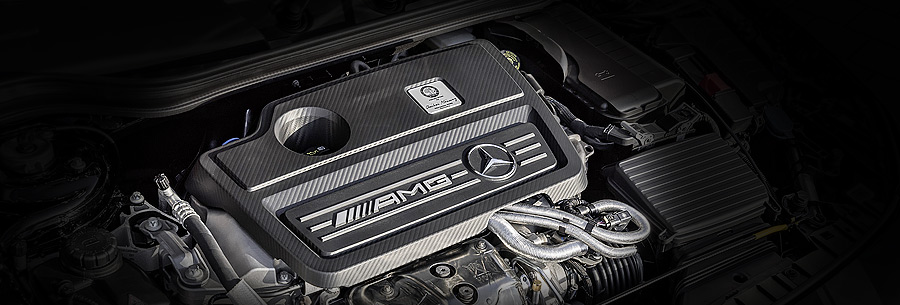
M133 Engine Variants & Specifications
| Variant | Power Output | Torque | Years | Notes |
|---|---|---|---|---|
| M133 DE20 LA (early) | 265 kW (360 PS) @ 6,000 rpm | 450 Nm @ 2,250–5,000 rpm | 2013–2015 | Launch version |
| M133 upgraded | 280 kW (381 PS) @ 6,000 rpm | 475 Nm @ 2,250–5,000 rpm | 2015–2019 | Facelift version |
Key features:
- – 2.0 L turbocharged inline-4 (hand-built at AMG, “One Man, One Engine”)
- – Twin-scroll turbo for reduced lag and stronger response
- – Zircon-infused cylinder heads
- – Nanoslide cylinder wall coating for reduced friction
- – Forged pistons for durability under high boost
- – AMG cooling system inspired by the SLS AMG
Related reads: Mercedes M139 Engine | M276 Engine | M177 Engine
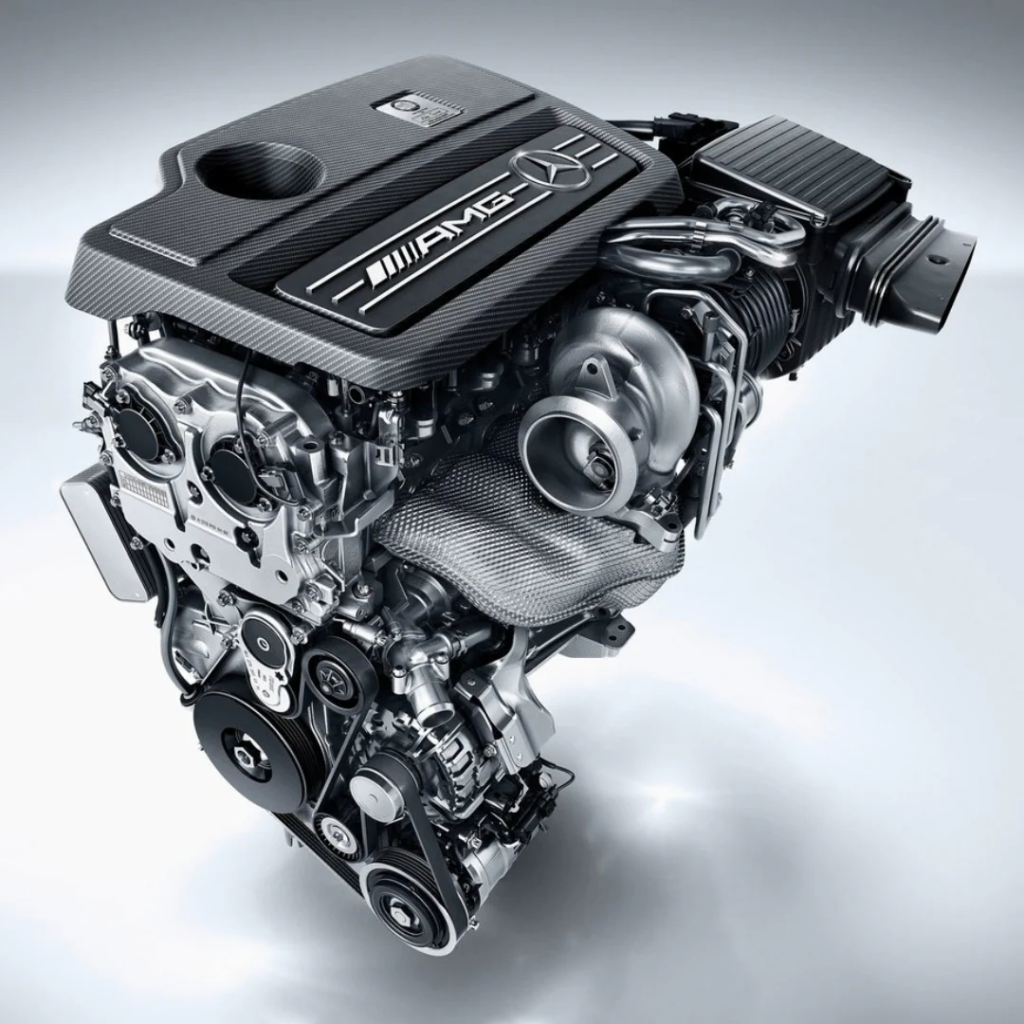
Performance & Driving Experience
- – 0–60 mph in as little as 4.1 seconds (CLA45 AMG)
- – Broad torque band for strong mid-range acceleration
- – Explosive top-end power with sharp throttle response in Sport/Race modes
- – Paired with AMG-tuned suspension for agile handling
Drivers praise the balance of compact practicality and raw AMG power, though some turbo lag exists at lower RPMs before boost builds.
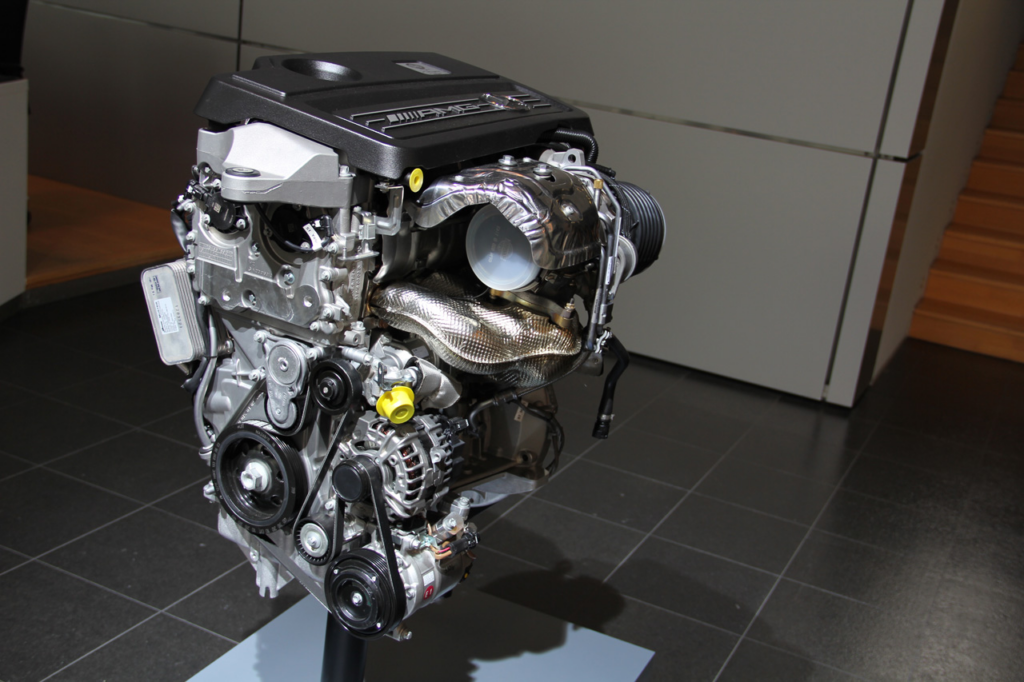
Mercedes Models Equipped with the M133
- – A45 AMG (W176) – hot hatch agility + explosive acceleration
- – CLA45 AMG (W117) – coupe styling with supercar punch
- – GLA45 AMG (X156) – compact SUV with AMG firepower
These compact AMG models proved that small engines can deliver massive performance.

M133 Reliability & Common Problems
The M133 is generally durable but can develop issues as mileage rises:
| Problem | Symptoms | Recommended Fix |
|---|---|---|
| Turbocharger stress/failure | Power loss, whistling, oil in intake | Inspect turbo, replace cartridge or unit |
| Timing chain stretch | Startup rattle, erratic idle | Monitor slack, replace chain & tensioner early |
| Carbon buildup (DI engines) | Misfires, flat spots | Walnut blasting or chemical cleaning every 60k km |
| Cooling system stress | Overheating, power drop | Check radiator, pump, coolant passages |
| High oil consumption | Frequent top-ups needed | Inspect PCV system, valve stem seals |
| Rod bearing wear | Knocking, vibration under load | Early diagnosis essential; rebuild if severe |
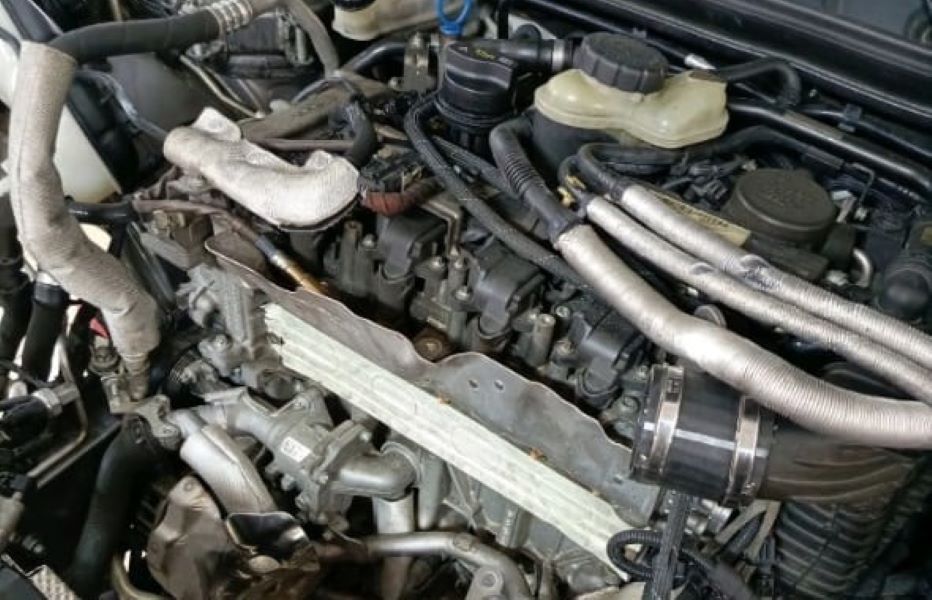
Oil Capacity & Maintenance
- – Oil capacity: ~6.5 L (including filter)
- – Recommended oil: Mercedes-approved 5W-40 synthetic
- – Service interval: every 10,000 miles (16,000 km), shorter if driven hard
Maintenance tips:
- – Keep cooling system in top shape (inspect pump, radiator, hoses).
- – Schedule regular turbo inspections.
- – Clean intake valves (carbon service ~60,000 km).
- – Allow cooldown cycles after spirited driving.
Owner quote: “This little motor is solid—I have 100s of launches on mine at over 30 psi.”

M133 vs M139 (and Other AMG Engines)
| Engine | Layout | Power | Era | Notes |
|---|---|---|---|---|
| M133 | 2.0 L I4 turbo | 360–381 hp | 2013–2019 | Record-breaking 4-cyl, compact AMG |
| M139 | 2.0 L I4 turbo | 382–416 hp | 2019–present | Successor, more efficient & powerful |
| M276 | 3.0 L V6 twin-turbo | 329–362 hp | 2010–2020 | Smoother, more torque, larger vehicles |
| M177 | 4.0 L V8 twin-turbo | 469–577 hp | 2015–present | Flagship AMG V8, massive torque |
Verdict: The M133 excels in compact performance cars, while the M139 refines its formula with more efficiency. Larger AMG V6 and V8 engines dominate in bigger, heavier vehicles.
FAQs : Mercedes M133 Engine
Q1: Is the M133 engine reliable?
Yes, it’s robust when serviced regularly, but turbo stress and timing chain wear can occur.
Q2: How much oil does the M133 hold?
Around 6.5 liters, with 5W-40 synthetic recommended.
Q3: What cars use the M133?
A45 AMG, CLA45 AMG, and GLA45 AMG (2013–2019).
Q4: What is the difference between M133 and M139?
The M139 is its successor, producing more power (up to 416 hp) with improved efficiency.
Q5: How fast is a CLA45 AMG with the M133?
0–60 mph in about 4.1 seconds, rivaling larger AMG models.
Conclusion
The Mercedes-AMG M133 represents a milestone in AMG history the most powerful production 4-cylinder of its time. Compact yet brutally effective, it delivers sports car performance in practical, everyday Mercedes models.
While owners should watch for turbo wear, carbon buildup, and timing chain stretch, proper servicing ensures long life and reliable thrills. For enthusiasts seeking AMG excitement in a smaller package, the M133 remains one of the most rewarding engines Mercedes has ever built.
Explore more at our Mercedes Engine Types Hub.
Author
Written by Mercedes Expert
With years of hands-on experience diagnosing and repairing Mercedes-Benz systems, he brings technical depth and practical case studies to help car owners, technicians, and enthusiasts troubleshoot complex automotive issues. His work focuses on clear repair guides, OEM-level procedures, and knowledge-sharing to empower both professionals and drivers.
Last Updated: September 2025

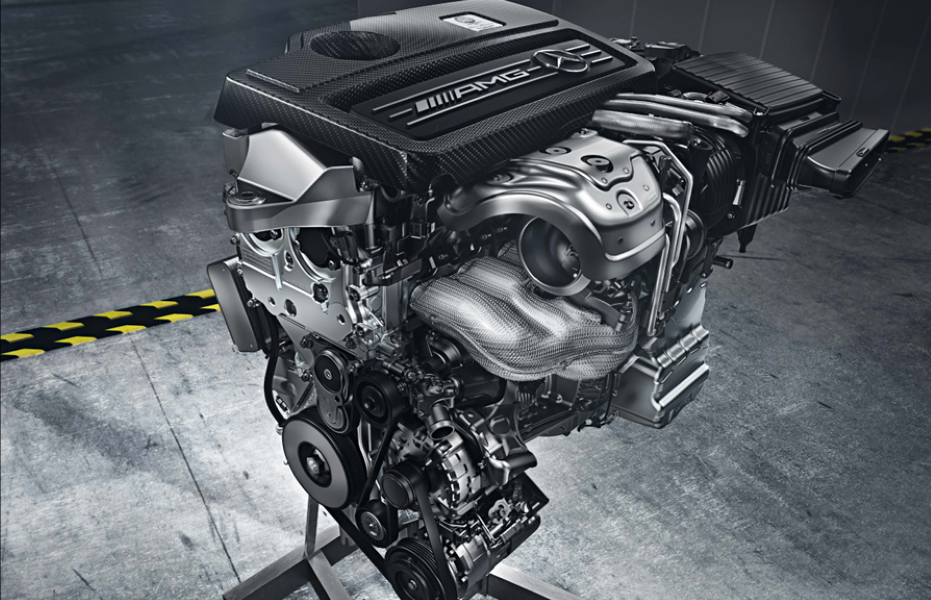



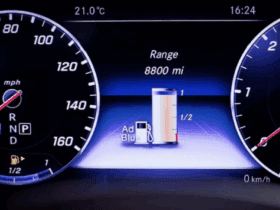
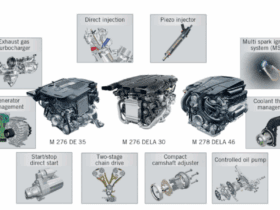
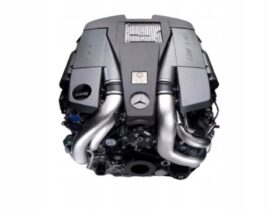

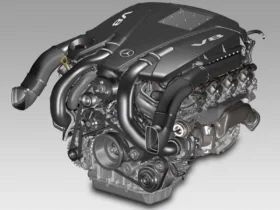
Leave a Reply